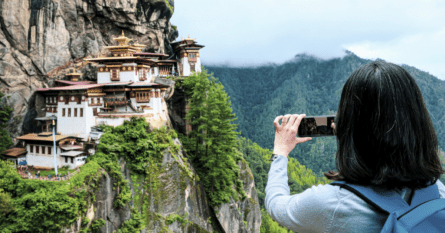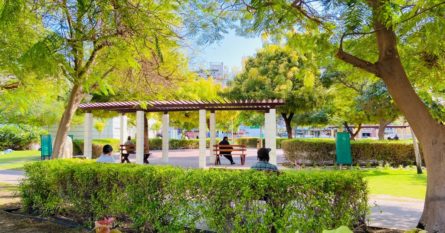Traveling like a local could improve your experience and reduce your impact on many well-known sites.
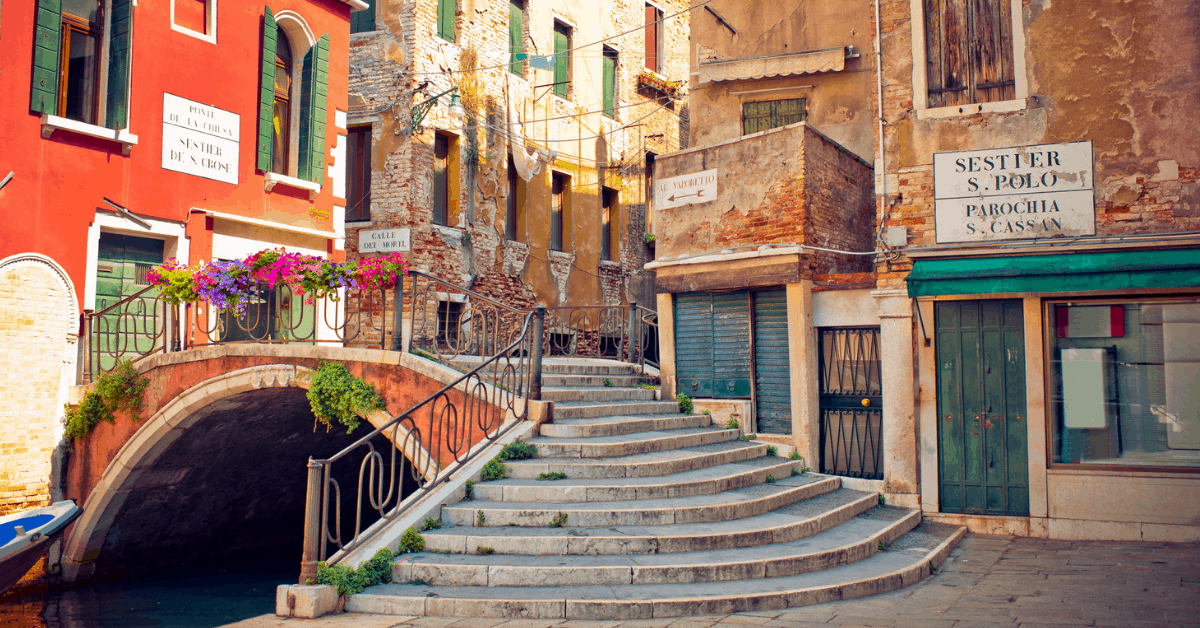
With the steady rise in cheap flights and sharing accommodation, we now have more opportunities than ever to visit world-renowned sites such as the Sistine Chapel, Angkor Wat, and the canals of Venice, but it can come at a price. Many cities are now suffering under the weight of Black Friday-style crowds and a sea of selfie sticks, but that doesn’t mean you need to avoid these areas entirely.
The United Nations World Tourism Organisation has coined the term “overtourism” to describe the influx of visitors to popular destinations, and its negative impact on both locals and tourists.
For citizens of a famous city, negative impacts can mean rent hikes and quaint backstreets turned into party zones, littered with fast-food joints to help feed the throngs of visitors.
In some instances, locals are even being outnumbered by the tourists. Uruguay, with a population of 3.5 million people, received more than 4 million visitors in 2017, while Venice, with a population of 55000 citizens, will see some 30 million people descend to its islands in the summer.
Social media is also helping to attract crowds. Residents of a quaint pastel cottage-filled street in Paris can no longer open their front doors without finding a yoga fan posing in their doorway or becoming the unwitting stars in videos. In fact, they are so frustrated with their homes being used as Instagram backdrops, that they’ve now asked for the city to place locked gates at the end of the street.
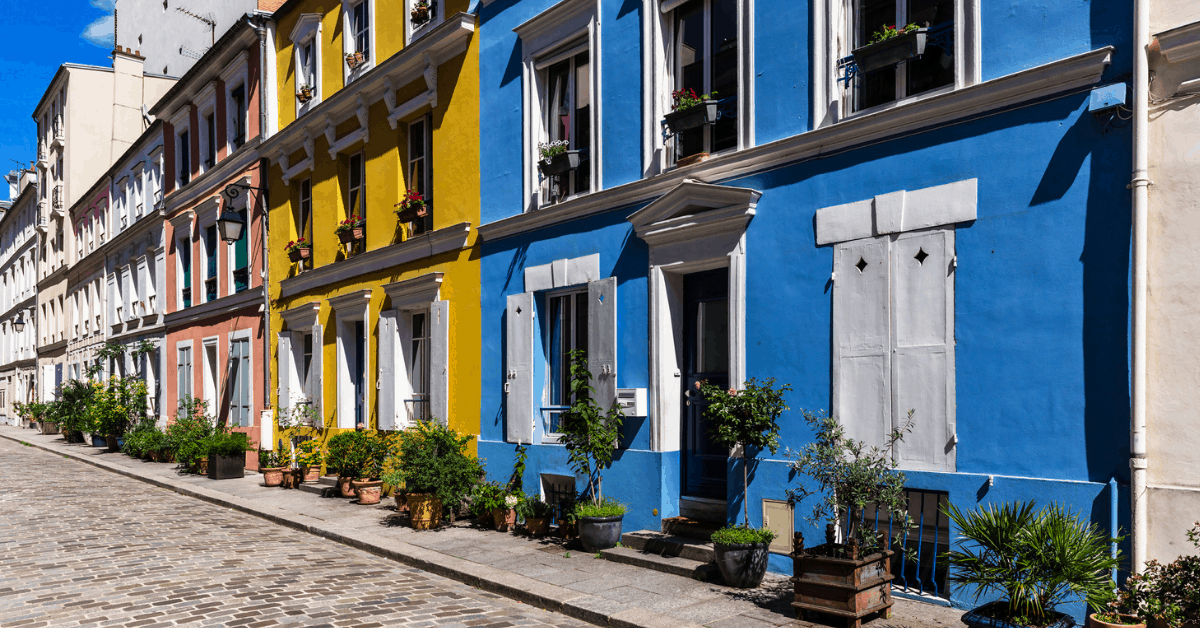
While citizens in Barcelona and Venice have rebelled with anti-tourism demonstrations in the past, these cities are also aware of how vital tourism income is to the local economy. For example, three out of every 10 jobs in Barcelona linked to tourism.
In response to the negative impacts of overcrowding at tourist hotspots, the World Travel Tourism Council and U.S. management consulting company McKinsey released a report in 2017, outlining five possible solutions to help control overtourism. This included encouraging travelers to visit during non-peak times, introducing tiered prices, regulating home-sharing accommodation, limiting access to activities to protect the natural and cultural heritage of the area, and lastly, dispersing crowds by developing new attractions.
This last suggestion has led to what has been termed the rise of Second Cities. Tourism boards around the world are shining a light on destinations once left in the shade by their more famous compatriots in an attempt to limit the throngs of people at overcrowded spots.
Visitors to Thailand are now venturing beyond Bangkok and out to Chiang Mai, which has been described as the spiritual sibling to the Thai capital and also has its fair share of temples, street food favorites, and festivals. In Europe for example, visitors to Portugal are now switching the busy streets of Lisbon for the equally pretty Azores.
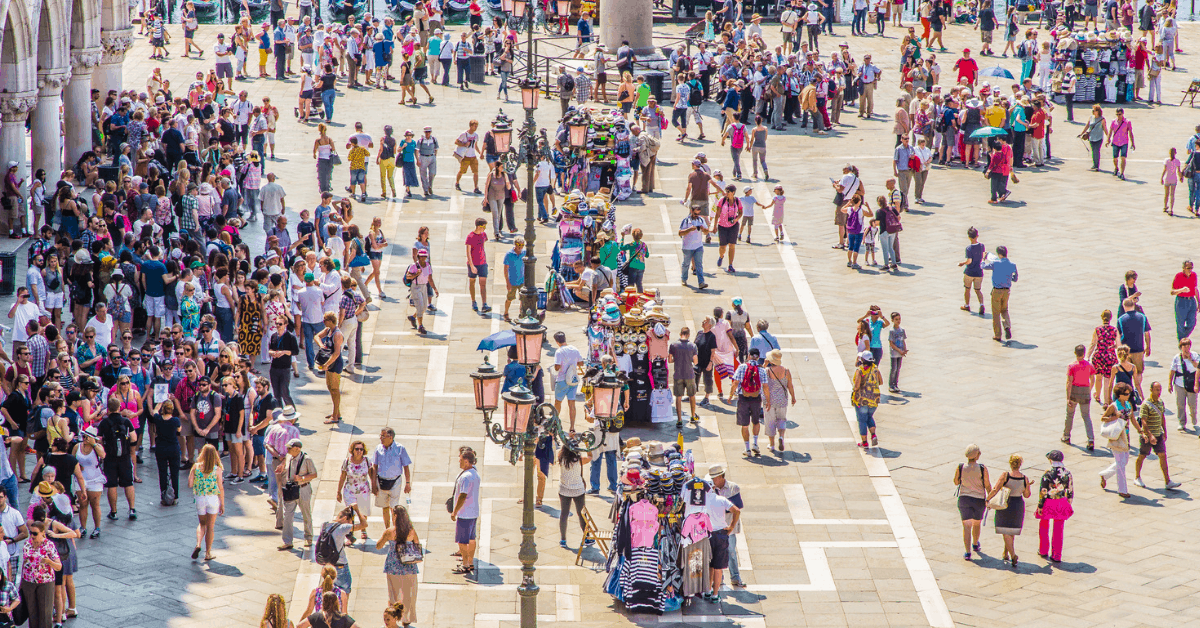
Using the strategies set out in report, Chile is curbing the number of tourists to Easter Island, Paris is restricting the growth of Airbnb, Dubrovnik is limiting the number of cruise ships and Venice is encouraging its visitors not to congregate in St Mark’s Square and make it more enjoyable for everyone by spreading out. In 2017, the city launched an environmentally-friendly sustainable campaign under the hashtag #EnjoyRespectVenezia. It encouraged people to discover hidden treasures of Venice on the other islands in the lagoon.
One country in the world trying something different is Bhutan. The country, which bases its success on its Gross National Happiness index, makes sure residents reap the benefits of tourism by only letting visitors into Bhutan who book through a local travel agency.
Each pre-paid tour charges a minimum of 200 USD per day to cover accommodation, transport in Bhutan, a guide, food, and entry fees. While this is a steep cost for some, a recent survey on overtourism by travel publisher Travelzoo found that people were willing to pay more to avoid the crowds at tourism destinations.
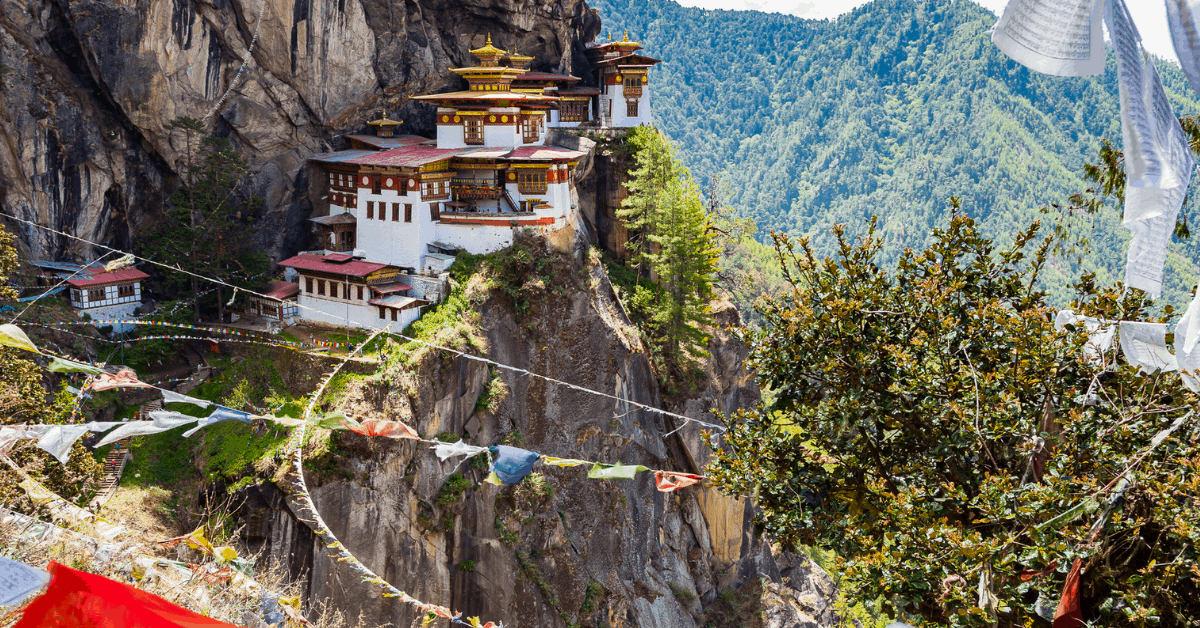
While cities are doing their best to protect their home turf and still make it a pleasure for citizens to live there and for people to visit, it’s also up to visitors to also help protect what makes each destination special. In fact, stepping away from the typical sights could make a more memorable trip.
You could rise at 4am to see the sunrise at Siem Reap, or you could book a local guide to take you out to explore lesser-known areas of the city. They can take you away from the hubbub and show you secret ivy-covered temples in the jungle that are just as picturesque but are free from other visitors.
Or when in Venice, instead of visiting the famed sights, you could step into the backstreets of the city to avoid the crowds and maybe meet an artisan or two. By visiting the workshops of a famed mask maker or a skilled glassmaker, you could make a connection with the city that’s far deeper than following the tourist trail. It’s still Siem Reap and Venice, but instead of seeing the back of someone’s head or being jostled with a selfie stick, you will have a far more interesting story to tell.


